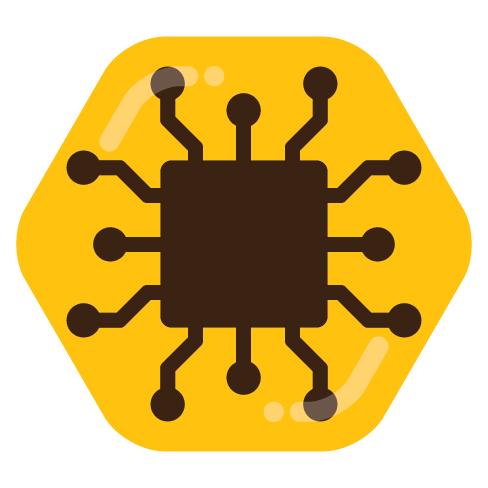You might know Robert Miles from his appearances in Computerphile. When it comes to AI safety, his videos are the best explainers out there. In this video, he talks about the developments of the past year (since his last video) and how AI safety plays into it.
For example, he shows how GPT 4 shows understanding of “theory of other minds” where GPT 3.5 did not. This is where the AI can keep track of what other people know and don’t know. He explains the Sally-Anne test used to show this.
He covers an experiment where GPT-4 used TaskRabbit to get a human to complete a CAPTCHA, and when the human questioned whether it was actually a robot, GPT-4 decided to lie and said that it needs help because it’s blind.
He talks about how many researchers, including high-profile ones, are trying to slow down or stop the development of AI models until the safety research can catch up and ensure that the risks associated with it are mitigated.
And he talks about how suddenly what he’s been doing became really important, where before it was mostly a fun and interesting hobby. He now has an influential role in how this plays out and he talks about how scary that is.
If you’re interested at all in this topic, I can’t recommend this video enough.



It’s mind blowing to learn that AI/neural nets and the like have been in the works since the 80s… it wasn’t what we know now, but like deep blue, the computer program that won at chess, started development in 1985 and won in 1997 against the world champion (Gary Kasperov). Watson, the jeopardy-playing program, was in the early 2000s.
It’s taken a long time to get from there to the mess we have now, and now it’s all super rush rush… like chill, slow down and do it right.